How to Ensure Safety in Snubbing Operations
Snubbing unit operations adopt specialized equipment to insert or remove tubing from a well while it is under pressure. Given the high-risk nature of these operations, strict adherence to safety standards and regulations is essential to protect workers, equipment, and the environment. This article provides an overview of the key safety standards and regulations governing snubbing operations and discussing best practices to ensure safe and efficient operations as well as simulation technology is used for enhancing the safety of snubbing operations.
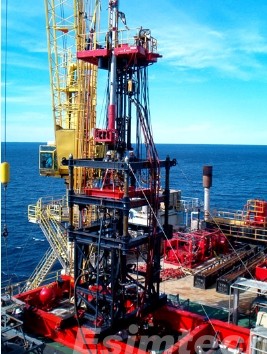
Understanding Snubbing Operations
Snubbing involves the use of hydraulic or mechanical equipment to push or pull tubing into or out of a wellbore while maintaining control over well pressure. Snubbing unit technique is often employed in situations where it is not feasible to kill the well, such as during live well interventions, well completions, or workovers. The high-pressure environment and the need for precision make snubbing a high-risk operation, requiring meticulous planning, skilled personnel, and adherence to rigorous safety protocols.
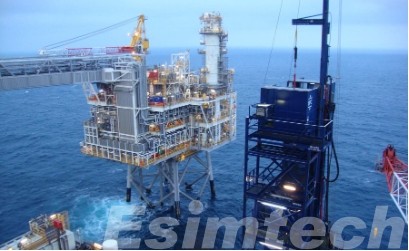
Key Safety Standards and Regulations in Snubbing Operations
This chart summarizes the key safety standards and regulations relevant to snubbing operations, highlighting their importance in maintaining safe and efficient practices in the oil and gas industry.
| Standard/Regulation | Description | Relevance to Snubbing Operations |
| API Recommended Practice 16ST | Coiled Tubing Well Control guidelines for well control equipment, procedures, and personnel training. | Provides comprehensive guidelines for maintaining well control during snubbing operations, emphasizing equipment reliability and personnel competency. |
| OSHA General Duty Clause | Requires employers to provide a workplace free from recognized hazards that are likely to cause death or serious physical harm. | Ensures that all aspects of snubbing operations are conducted safely to prevent hazards that could harm workers. |
| OSHA Process Safety Management (PSM) Standard | Outlines requirements for managing risks associated with highly hazardous chemicals. | Applicable to operations involving hazardous chemicals, ensuring that processes are managed to prevent incidents and maintain safety. |
| OSHA Hazard Communication Standard | Requires employers to inform and train workers about the hazards associated with chemicals and materials they handle. | Ensures that workers are aware of and understand the hazards of materials used in snubbing operations. |
| IWCF Well Control Certification | Provides training and certification for personnel involved in well control operations. | Validates the competence of workers in managing well control situations, including those related to snubbing. |
| IADC Well Control Certification | Offers certification programs for well control, ensuring workers are trained and competent. | Ensures personnel involved in snubbing operations are certified to handle well control and related emergencies effectively. |
| API Standard 53 | Specifies the design, installation, maintenance, and testing of blowout preventers (BOPs) and related equipment. | Ensures blowout preventers and other well control equipment used in snubbing are reliable and effective in controlling well pressure. |
| ISO 9001 | Quality Management Systems standard for ensuring consistent quality in products and services. | Ensures that snubbing operations adhere to quality management principles, leading to consistent and reliable operations. |
| ISO 14001 | Environmental Management Systems standard for managing environmental responsibilities. | Helps manage environmental impacts of snubbing operations and ensures compliance with environmental regulations. |
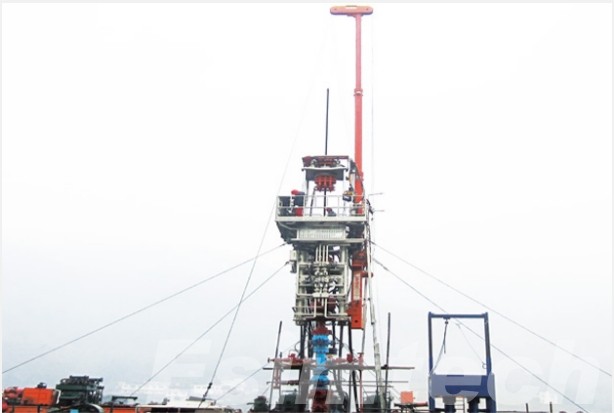
Best Practices for Safety in Snubbing Operations
1. Comprehensive Risk Assessment
- Identify Potential Hazards: Before initiating snubbing operations, conduct a thorough risk assessment to identify potential hazards associated with the operation, equipment, and environment.
- Evaluate Severity and Likelihood: Assess the severity and likelihood of each identified hazard to prioritize risk management efforts.
- Implement Control Measures: Develop and implement control measures to mitigate identified risks. This can include engineering controls, administrative controls, and personal protective equipment (PPE).
- Regular Reviews: Conduct regular risk assessments to address any changes in the operational environment or equipment.
2. Proper Training and Certification
- Ensure Competence: Ensure all personnel involved in snubbing operations are properly trained and certified. Training should cover well control, equipment operation, and emergency response procedures.
- Certification Programs: Utilize certification programs offered by organizations like the International Well Control Forum (IWCF) and the International Association of Drilling Contractors (IADC) to validate the competence of personnel.
- Ongoing Training: Provide ongoing training and refresher courses to keep personnel updated on the latest safety practices and technological advancements.
3. Regular Equipment Maintenance and Inspection
- Pre-Operation Inspections: Inspect all snubbing equipment before each operation to identify any signs of wear, damage, or malfunction.
- Preventive Maintenance: Follow a preventive maintenance schedule to ensure all equipment is in optimal condition, minimizing the risk of equipment failure during operations.
- Documentation: Maintain detailed records of equipment inspections, maintenance, and repairs to track the condition and history of the equipment.
4. Emergency Response Planning
Develop Comprehensive Plans: Create comprehensive emergency response plans that include procedures for well control, evacuation, medical emergencies, and communication with emergency services.
Regular Drills: Conduct regular emergency drills to ensure all personnel are familiar with the emergency response plan and can respond effectively in an actual emergency.
Clear Communication Channels: Establish clear communication channels for reporting and responding to emergencies promptly and efficiently.
5. Use of Personal Protective Equipment (PPE)
- Appropriate PPE: Ensure all personnel wear appropriate PPE, including hard hats, safety glasses, gloves, flame-resistant clothing, and steel-toed boots.
- Regular PPE Checks: Conduct regular checks to ensure PPE is in good condition and being worn correctly.
- Training on PPE Usage: Provide training on the correct use, maintenance, and limitations of PPE to ensure maximum protection for workers.
6. Implementation of Safety Protocols
- Standard Operating Procedures (SOPs): Develop and enforce standard operating procedures (SOPs) for all snubbing operations. SOPs should detail every step of the operation, including safety checks and emergency procedures.
- Well Control Procedures: Establish well control procedures to prevent blowouts and other well control incidents. This includes the use of blowout preventers (BOPs) and other well control equipment.
- Monitoring Systems: Implement monitoring systems to continuously track well pressure and other critical parameters, providing real-time data to detect and address any anomalies promptly.
7. Effective Communication
- Clear Instructions: Ensure all instructions and safety protocols are clearly communicated to all personnel involved in the operation.
- Shift Handovers: Conduct thorough shift handovers to ensure seamless communication of operational status, potential hazards, and any ongoing issues.
- Feedback Mechanism: Establish a feedback mechanism for workers to report safety concerns and suggest improvements to safety practices.
8. Safety Culture
- Leadership Commitment: Foster a safety culture where leadership is committed to safety and actively promotes safe practices.
- Worker Involvement: Involve workers in safety planning and decision-making processes to encourage ownership and accountability for safety.
- Continuous Improvement: Promote continuous improvement by regularly reviewing and updating safety practices based on feedback, incident reports, and industry advancements.
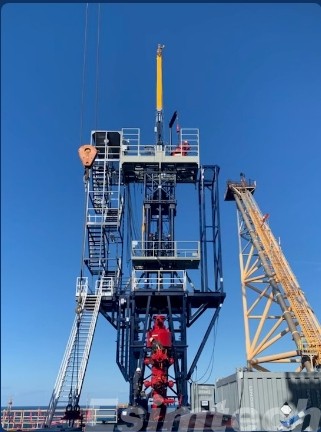
How Simulation Technology Contributes to Safety in Snubbing Operations
Simulation technology plays a crucial role in enhancing safety in snubbing operations within the oil and gas industry. By providing a virtual environment to model and test various scenarios, simulations help in predicting potential issues, training personnel, and optimizing operational procedures.
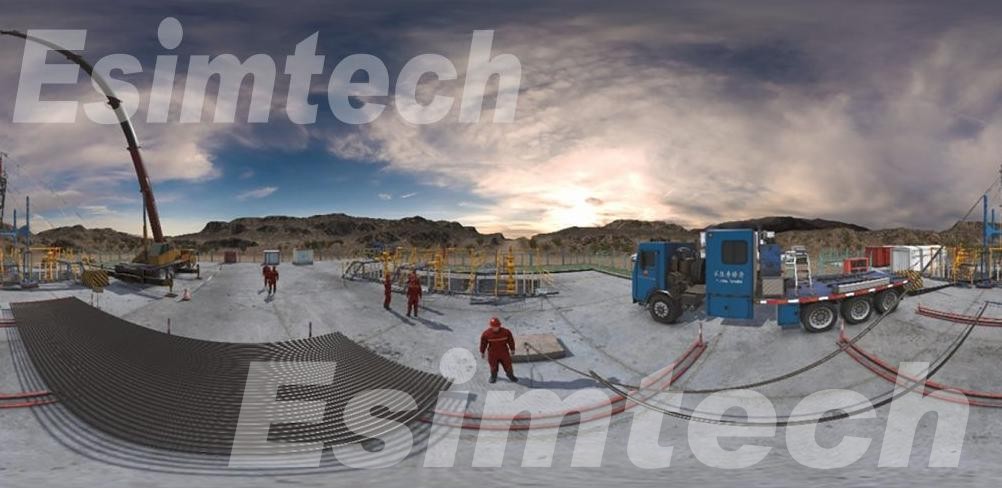
1. Training and Skills Development
- Realistic Training Environments: Simulation technology creates realistic training environments where personnel can practice snubbing operations without exposure to real-world risks. Trainees can experience different scenarios, including emergency situations, in a controlled setting.
- Hands-On Experience: Operators can gain hands-on experience with snubbing equipment and procedures, improving their familiarity and confidence before working on live wells.
- Scenario-Based Training: Simulations can replicate a wide range of scenarios, including equipment malfunctions, well control issues, and high-pressure situations, allowing trainees to develop problem-solving skills and decision-making abilities.

2. Risk Assessment and Mitigation
- Predictive Analysis: Simulation technology allows for predictive analysis of snubbing operations by modeling various operational scenarios. This helps in identifying potential risks and vulnerabilities in the system before they occur in real-life operations.
- What-If Scenarios: Simulations enable the exploration of “what-if” scenarios to assess the impact of different variables on snubbing operations. This helps in understanding how changes in pressure, equipment performance, or operational procedures might affect safety.
- Optimization of Procedures: By analyzing simulation results, operators can optimize operational procedures and equipment configurations to minimize risk and enhance safety.
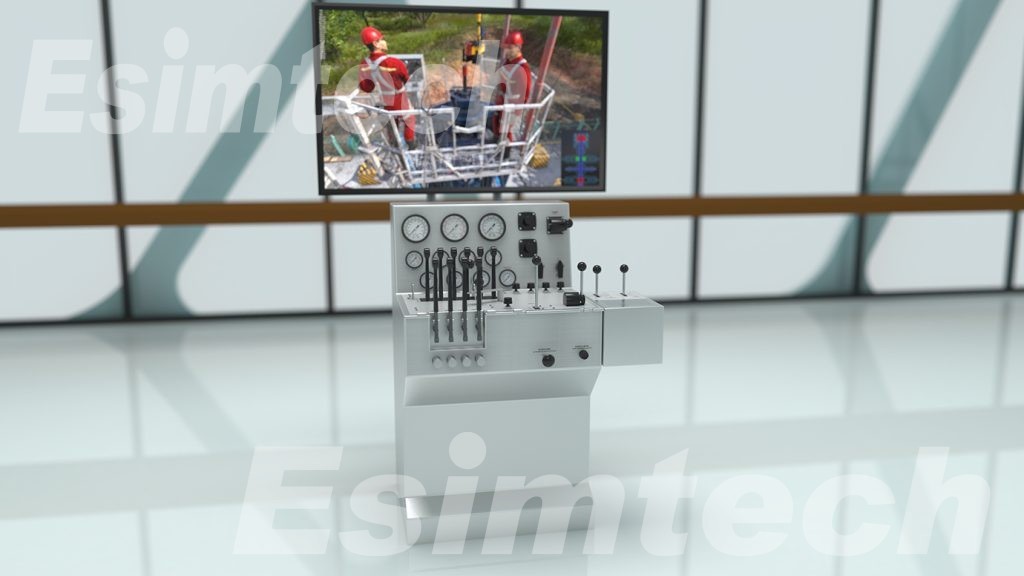
3. Equipment Testing and Validation
- Virtual Prototyping: Simulation technology allows for virtual prototyping of snubbing equipment and systems. This enables the testing and validation of new designs or modifications in a simulated environment before physical implementation.
- Performance Evaluation: Simulations help in evaluating the performance of snubbing equipment under various conditions, identifying potential failure points, and ensuring that equipment meets safety standards.
- Integration Testing: Simulations can test the integration of snubbing equipment with other well control systems to ensure seamless operation and identify any compatibility issues.
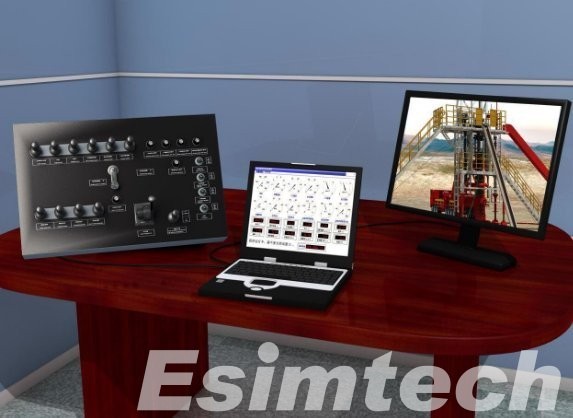
4. Emergency Response Planning
- Crisis Management Training: Simulations can recreate emergency situations such as blowouts or equipment failures, allowing teams to practice and refine their emergency response procedures.
- Incident Analysis: After an incident or near-miss, simulations can be used to analyze what went wrong and how similar situations can be handled more effectively in the future.
- Communication Drills: emergency exercise simulation system provide an opportunity for practicing communication protocols and coordination among team members, ensuring that everyone knows their roles and responsibilities during a crisis.
5. Enhancing Decision-Making
- Data-Driven Insights: Simulations generate valuable data and insights into the performance of snubbing operations. This data helps in making informed decisions about operational strategies and safety measures.
- Visualizing Outcomes: Advanced simulation tools provide visual representations of different scenarios, making it easier for decision-makers to understand complex interactions and potential outcomes.
- Risk-Based Decision Support: Simulation technology supports risk-based decision-making by providing a comprehensive analysis of the potential consequences of different actions or strategies.
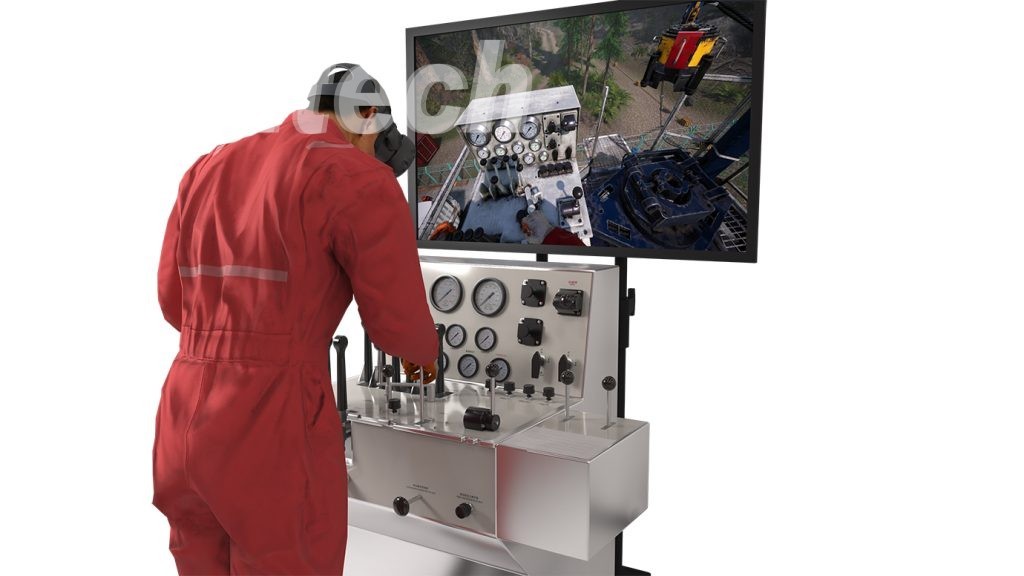
6. Continuous Improvement
- Feedback Integration: Simulations allow for continuous feedback and improvement by analyzing the outcomes of different scenarios and incorporating lessons learned into future training and operational procedures.
- Iterative Testing: Ongoing simulation testing helps in iteratively refining safety protocols and operational procedures to address emerging risks and industry advancements.
- Benchmarking Performance: By comparing simulation results with actual operational data, companies can benchmark performance, identify areas for improvement, and enhance overall safety practices.
In summary, adhering to safety standards and regulations, such as those provided by API, OSHA, IWCF, IADC, and ISO, is essential for ensuring the safety of personnel and the integrity of operations. Implementing best practices, including comprehensive risk assessments, proper training, regular equipment maintenance, etc, further enhances safety in snubbing operations. Adopting simulation technology, oil and gas companies can improve safety outcomes, optimize operational procedures, and ensure that personnel are well-prepared to handle the complexities and risks associated with snubbing operations.
